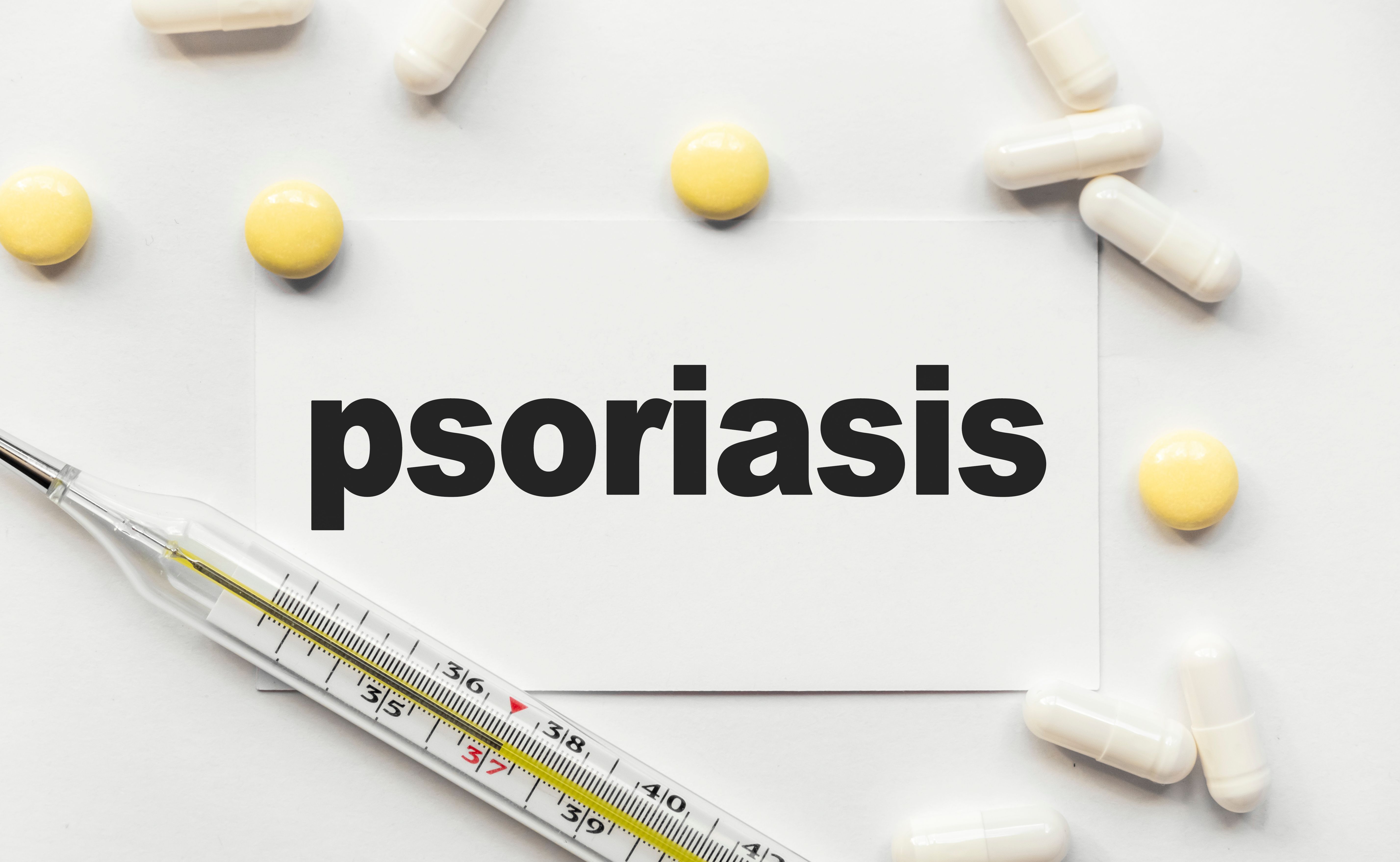Article
Biologic Switching Common Among Patients With Psoriasis in Real-World Setting
Author(s):
After 1 year, overall treatment switch rates were 14.4%, while after 2 years, switch rates were 26%.
Switching therapies was common in patients with psoriasis who used biologics over the course of 24 months, new research shows. Data also revealed the lowest risk of switching was observed in patients taking interleukin (IL)-23 inhibitors.
Biologic therapies are one of the common treatments used among patients with moderate-to-severe psoriasis. Other options include phototherapy, small molecule drugs, and systemic medication.
For patients with the condition, switching therapies is common, and recently “clinical trials have shown that switching to a biologic with a different mechanism of action can help achieve additional skin clearance and improvements in patient quality of life,” authors wrote.
In an effort to better understand real-world switch rates among patients initiating biologics for psoriasis over 2 years, researchers analyzed data from a large US-payer claims database. They also assessed switch rates by biological class and by individual biologic, and sought to understand demographic, clinical, and treatment characteristics associated with switching.
The retrospective cohort analysis utilized data from January 2016 to March 2022.
A total of 7997 patients were included, of whom 2886 (36.1%) received IL-23 inhibitors, 1855 (23.2%) received IL-17 inhibitors, 2286 (28.6%) received tumor necrosis factor (TNF) inhibitors and 970 (12.1%) received IL-12/23 inhibitors.
Mean patient age was around 45 years old and 48.3% were female. All patients were at least 18 years old with at least 2 confirmed psoriasis diagnoses.
Analyses revealed:
- Overall treatment switch rates were 14.4% at 12 months and 26% at 24 months
- IL-23 inhibitors were associated with the lowest risk of switching compared with TNF, IL-17, and IL-12/23 inhibitors over 24 months (P < .0001)
- Switch rates varied between specific biologics, with the lowest switch rates observed for patients treated with risankizumab at 8.5% followed by guselkumab at 15.7% over 24 months
- Prior targeted immune modulator use, age, and female gender were predictors of switching (adjusted hazard ratio; 1.23, 1.31, and 1.40, respectively; P ≤ .0005)
The claims data used may have been subject to errors, while researchers were unable to determine reasons behind switching, marking limitations to the study.
Switch rates reported in the current study were consistent with previously published reports that put rates between 8% and 22%.
In addition, “our study identified risankizumab with the lowest switch rate among individual biologics at both 12 and 24 months, followed by guselkumab, contributing to the current clinical evidence base that includes high rates of durable response through 172 weeks (over 3 years of continuous risankizumab treatment),” authors wrote.
It’s also been previously shown that female gender, age under 65 and atherosclerotic conditions have been linked with lower adherence.
The management of psoriasis is associated with a high economic burden due to the disease’s complexities. Approximately half of patients experience disruptions in therapy, like switching biologic therapy or changes in dosing.
“Selecting a first-line biologic is an important treatment decision, given that at 12 months, biologic-naïve patients with psoriasis who switched versus those who did not switch biologic incurred 20.3% higher monthly healthcare costs, largely driven by outpatient pharmacy costs,” researchers said.
“In addition to considering clinical and cost-effectiveness evidence of benefits and harms of treatments, reviewing real-world treatment utilization patterns and associated healthcare costs may help inform US payers when reviewing their formularies,” they added.
Overall, the current study found switching among patients using biologics was common over 2 years in a real-world setting, while significant difference existed in switch rates based on the class of biologic used.
Reference
Armstrong AW, Patel M, Li C, Garg V, Mandava MR, and Wu JJ. Real-world switching patterns and associated characteristics in patients with psoriasis treated with biologics in the United States. J Dermatolog Treat. Published online May 8, 2023. doi:10.1080/09546634.2023.2200870




